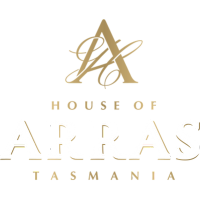Estación Banrock: Conservación en acción
For over 30 years, Banrock Station has been working to enhance biodiversity and conserve native flora and fauna across its 1,700-hectare landscape. Thanks to the ongoing efforts of ecology and conservation land management staff, Banrock’s environmental significance was globally recognised in 2002 when it was granted Ramsar status, acknowledging its importance as a wetland of international significance.
Why Ramsar Status Matters
Banrock Station’s Ramsar designation is based on key ecological values, including:
Critical habitat for threatened species: The wetlands provide essential habitat for the vulnerable Southern Bell Frog (also globally endangered, IUCN 2009) and the eastern form of the vulnerable Regent Parrot.
Diverse ecosystems: Banrock supports a variety of floodplain habitats and their associated plant and animal species, characteristic of the lower Murray-Darling Basin.
Migratory bird sanctuary: The wetlands serve as a crucial non-breeding site for waterbirds and shorebirds protected under multiple international agreements.
To maintain this status, Banrock Station invests significant resources into conservation efforts, including regular monitoring of frog and bird populations, tree health assessments, control of invasive species, and the strategic delivery of environmental water to wetland areas.
To maintain this status, Banrock Station invests significant resources into conservation efforts, including regular monitoring of frog and bird populations, tree health assessments, control of invasive species, and the strategic delivery of environmental water to wetland areas.
Restoring Wetland Health
Wetland ecosystems in the lower Murray River evolved with natural wet and dry cycles. However, large-scale river developments in the early 1900s disrupted this balance, leading to ecosystem decline. Nearly 20 years ago, Banrock Station became a pioneer in environmental watering by reintroducing a drying phase to its main lagoon. This ongoing initiative remains a cornerstone of our wetland conservation strategy, ensuring long-term ecological health and resilience.


